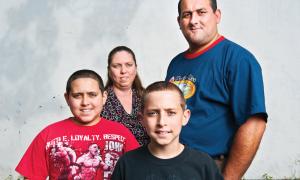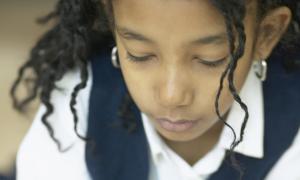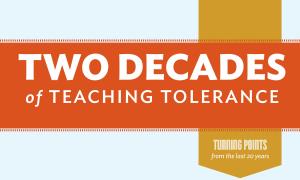article
The Lesson I've Learned, the Lesson I Teach
This reflection accompanies the feature story " Voices of Columbine." By Kiki Leyba April 20, 1999: Reacting Fourth hour. I'm hustling to Frank's office. The principal is going to offer me — a first-year teacher — a




